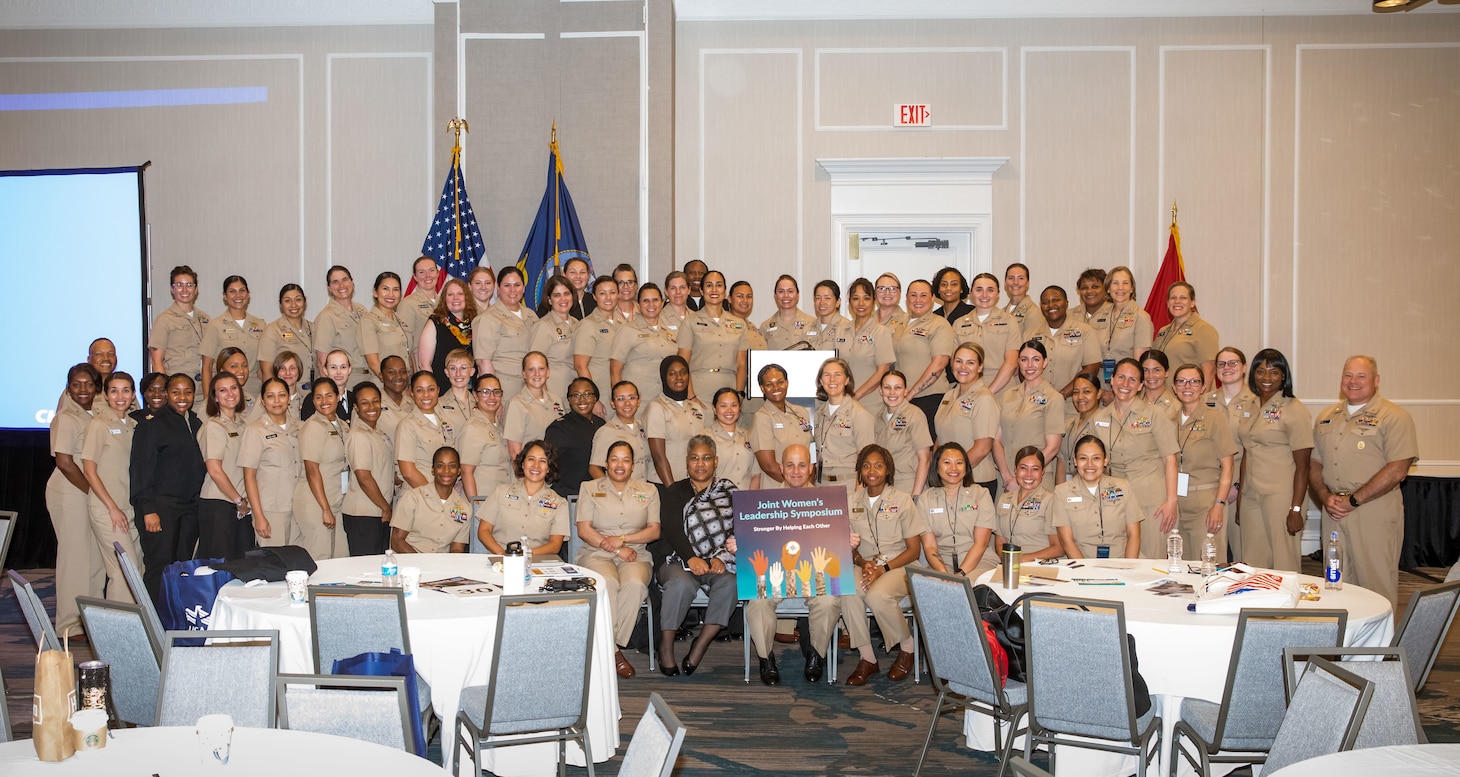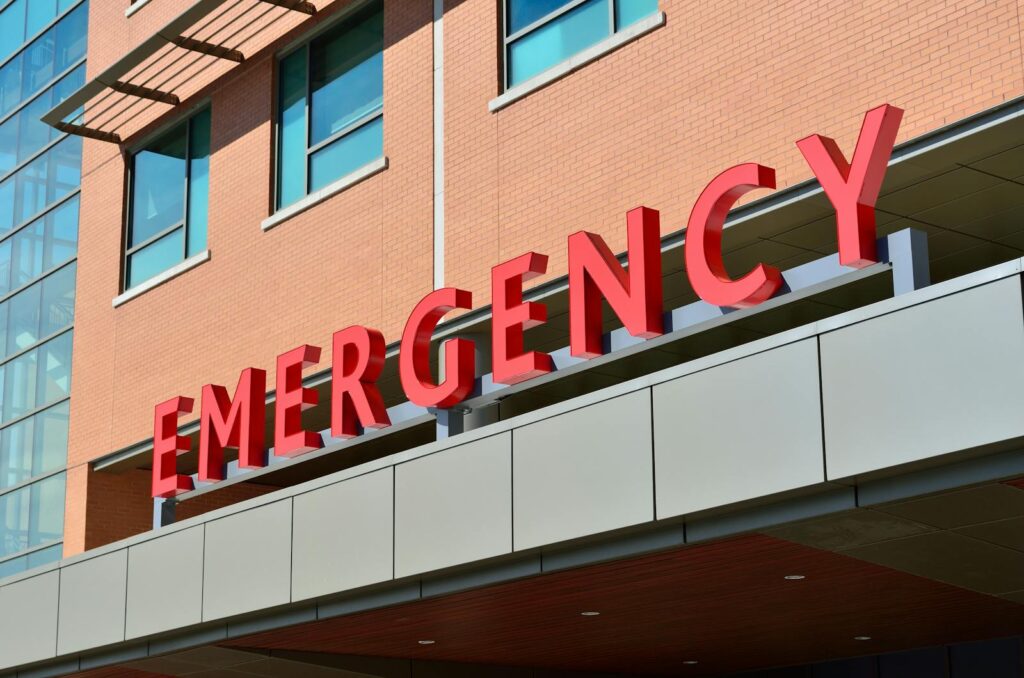In the realm of education, the safety of students and staff is paramount, especially given the recent crises impacting schools nationwide. Tragic events, from natural disasters to acts of violence, highlight the urgent need for robust emergency preparedness. This commitment goes beyond mere compliance; it embodies a genuine resolve to create an environment where every student can thrive without fear. Since 2005, one dedicated individual has exemplified this ethos by organizing comprehensive school-wide emergency evacuation drills each semester. His efforts not only prioritize safety but also cultivate resilience and foster a strong sense of community, ensuring that students can learn and grow in a secure atmosphere.

A school having a robust crisis plan for emergency can make students and their parents feel safe.
As parents, the thought of an emergency affecting our children while they are at school is terrifying. Therefore, knowing that a school has a robust crisis plan and that it is actively practiced gives parents a peace of mind that is invaluable. This commitment to safety is evident in the proactive measures taken by schools, led by passionate educators who understand the gravity of their responsibility. The emotional weight of communicating safety outcomes to parents cannot be overstated. When this school leader spoke to parents with tears in his eyes, saying, “in our school, there were no casualties among the students and no teachers,” it wasn’t just a statement; it was a powerful testament to the effectiveness of the drills and the preparedness ingrained in the school culture.
An organized, systematic emergency operations plan is essential for schools. Such plans help reduce risks and prepare for various crises, whether they be natural disasters or man-made threats. The federal Guide for Developing High-Quality School Emergency Operation Plans provides guidance for schools to create comprehensive plans that cater to the unique needs of their communities. A safety coordinator or director often oversees these initiatives, ensuring that faculty and staff are fully trained to assess incidents and respond accordingly.
But what can parents do in this proactive approach to safety? Parents are encouraged to be the best advocates for their children by asking questions about school safety protocols. Discussions with teachers and school administrators about the various emergency plans for situations like fires, blizzards, bomb threats, and armed intruders are crucial. By understanding the frequency and nature of the drills conducted, parents can gauge the level of preparedness of the school. While it is true that some schools may hesitate to share every detail of their plans, parents should make themselves aware of any accessible information that can help ensure their child’s safety.
Live active shooter drills have become a significant concern in recent years. Many school districts have implemented these hyper-realistic drills aimed at preparing students and staff for the unimaginable. However, the psychological impact of such drills on students has raised alarms. The American Academy of Pediatrics advocates for a more measured approach, suggesting that these drills should be conducted like traditional fire drills without simulating actual gunfire. This shift not only helps to minimize potential trauma but also focuses on ensuring students understand safety protocols in a calm, controlled manner.
Communications during emergencies are another critical aspect of school safety. Clear and timely information can prevent panic and misinformation from spreading among parents and the community. Schools that have established emergency communication systems can quickly inform parents of a situation via email or text messages. These systems play a vital role in keeping parents informed and ensuring that everyone understands what is happening during a crisis.
Understanding the terminology associated with school emergency responses is also beneficial for parents. Terms like evacuation, relocation, shelter-in-place, lockdown, and lockout have specific meanings that reflect the nature of the threat. It is essential for parents to familiarize themselves with these concepts so they can better support their children and engage with school officials regarding safety practices. By doing so, parents can play an active role in the safety and preparedness of their children.
Furthermore, creating a safety checklist for families can empower parents and children alike. This checklist can include reviewing family emergency plans, ensuring schools have pertinent information about children’s unique needs, and maintaining up-to-date contact information. Parents can further enhance safety by providing backup medications at schools and learning about the school’s plans for emergency response, including reunification protocols.
Conversations about school safety should be age-appropriate and balanced. Young children, for example, need reassurance about their safety and the knowledge that adults are present to protect them. For upper elementary and middle school students, discussions may delve deeper, addressing their questions and concerns and helping them understand their role in maintaining a safe school environment. High school students may scrutinize broader societal issues related to school safety and require guidance on how to voice their concerns responsibly.
In the wake of any crisis, supporting children emotionally is crucial. Parents should be observant and ready to engage their children in conversations about their feelings and anxieties. Recognizing signs of distress, such as changes in behavior or sleep patterns, ensures that parents can address their children’s needs effectively. Consulting with a mental health professional or school counselor can provide further support and guidance during these challenging times.
Reflecting on the journey of this dedicated educator since 2005, it is evident that his work has not only saved lives but also fostered a culture of safety and preparedness within the school community. Each evacuation drill is more than just an exercise; it’s a lesson in resilience, teamwork, and the importance of being prepared for the unexpected. The impact of these drills resonates beyond the school walls, as parents and the community actively engage in the conversation about safety. In a world where uncertainty looms, the dedication of educators, parents, and students alike creates a stronger, more confident community ready to face the challenges that lie ahead. Together, they are forging a path where safety is not just a plan but a deeply ingrained value that nurtures the growth and development of every child within their care.
Many organizations should engage in guaranteeing students safety.
The emotional weight of safety in schools cannot be overstated. As we continue to navigate this complex landscape, let us stand together, championing the cause of safety in education. Let every drill, every plan, and every discussion be a step toward a world where our children can learn and play without fear. In doing so, we honor the commitment of those who tirelessly work to protect our youth and ensure that every school is a safe haven for learning and growth. This collective effort is crucial for the well-being of our future generations.
As we delve deeper into the topic of emergency preparedness in schools, one of the most vital components we must consider is community involvement. The participation of the community, including parents, local agencies, and even students themselves, is crucial in fostering a safe environment for our children. Schools cannot operate in a vacuum; they depend on engagement from all stakeholders to enhance their safety protocols. When parents actively participate in safety discussions, they not only promote transparency but also instill a sense of collective responsibility for the well-being of every child. This collaboration between educators and parents creates a united front, demonstrating to students that safety is a shared priority.
The involvement of local agencies, including law enforcement and emergency services, is equally important. By conducting joint drills and training sessions, schools can better prepare for potential emergencies. These partnerships allow for a more comprehensive understanding of the unique challenges that each community faces. For instance, schools in areas prone to natural disasters may need tailored plans that address specific threats such as flooding or earthquakes. By working closely with local authorities, schools can develop robust response strategies that reflect their community’s needs.
Moreover, students should not be mere passive participants in these drills; they should also be encouraged to take an active role in emergency preparedness. Engaging students in the planning and execution of safety drills can empower them and instill a sense of ownership over their safety. For example, student-led committees can be established to provide input on safety procedures or to conduct peer training sessions. This involvement not only boosts students’ confidence but also fosters a culture of safety awareness among their peers. Educators can facilitate this by creating opportunities for students to voice their concerns and ideas, thus recognizing their unique perspectives.
Looking towards the future, schools must continue to evolve their emergency preparedness protocols in response to changing societal dynamics. The landscape of threats facing schools has transformed significantly over the years, and so too must our approaches to safety. As technology advances, schools have the chance to leverage innovative tools that enhance their preparedness. For example, integrated communication systems that utilize mobile apps can streamline information dissemination during emergencies, ensuring that parents and students receive real-time updates.
Furthermore, training programs should be regularly updated to reflect the latest knowledge and best practices in crisis management. Collaborating with experts in school safety and crisis response can provide invaluable insights that enhance the effectiveness of drills and the overall emergency plan. Continuous training reinforces a culture of preparedness and ensures that faculty and staff remain confident in their ability to respond effectively, no matter the situation.
Another aspect of future directions involves mental health support. As the focus on physical safety grows, it is equally vital to address the emotional well-being of students and staff. Schools should provide access to mental health resources, including counseling services, to help individuals cope with the effects of potential crises. After a significant incident, whether it be a natural disaster or a violent event, schools should have plans in place to support students emotionally, helping them process their feelings and fears.
Moreover, it is essential to educate staff about recognizing signs of trauma and distress in students. Training teachers and support staff in mental health first aid can empower them to provide immediate support to students in need. This dual approach to safety—protecting both the physical and psychological well-being of students—will create an environment where children can thrive, free from fear.
Parents play a critical role in this aspect as well. Encouraging open dialogues about emotions and fears related to safety can empower children to express their concerns. Educators can work with parents to provide guidance on how to approach these discussions, ensuring that children feel supported both at school and at home. This partnership in communication fosters a more cohesive approach to mental health and safety, reinforcing the idea that everyone is invested in nurturing a secure environment. By working together, parents and educators can create a supportive network for children.
In reflecting on the commitment of the school leader who has organized evacuation drills since 2005, we recognize that his vision extends beyond compliance with safety protocols. His emotional address to parents post-earthquake, where he reassured them of the safety of their children, exemplifies the profound connection between safety measures and community trust. The tears in his eyes were not just tears of relief; they were a testament to the compassion that underlies effective leadership and the understanding that schools must be sanctuaries for children, not just places of learning.
This narrative of safety is one that resonates deeply within every corner of the school community. As we think about the future, let us leverage the lessons of the past to bolster our commitment to safety. The road ahead requires us to stay vigilant, proactive, and willing to adapt as new challenges arise. By reinforcing the importance of community involvement, enhancing mental health support, and embracing innovative technologies, we can cultivate an environment where safety is prioritized, and children can thrive without fear.
In essence, the story of our schools is one of resilience, commitment, and community. It is about the shared responsibility we all hold in ensuring that our children can learn, grow, and explore their potential in a safe environment. As we navigate this complex landscape of school safety, let us be reminded that each drill, every conversation, and all our efforts contribute to a greater mission: to provide every child with the safe haven they deserve.

As we embark on our collective journey toward enhancing the safety of our educational environment, we must honor the unwavering dedication of those who tirelessly protect our youth. By prioritizing the well-being of our children, we not only advocate for their safety but also transform challenges into opportunities for growth and community unity. Our shared commitment ensures that every effort contributes to forging resilient pathways of hope and strength, reinforcing the essential truth that safeguarding our children is a collaborative endeavor. Together, we can create a safer, more supportive environment for all students.
Related posts:
https://www.cdc.gov/orr/school-preparedness/index.html




